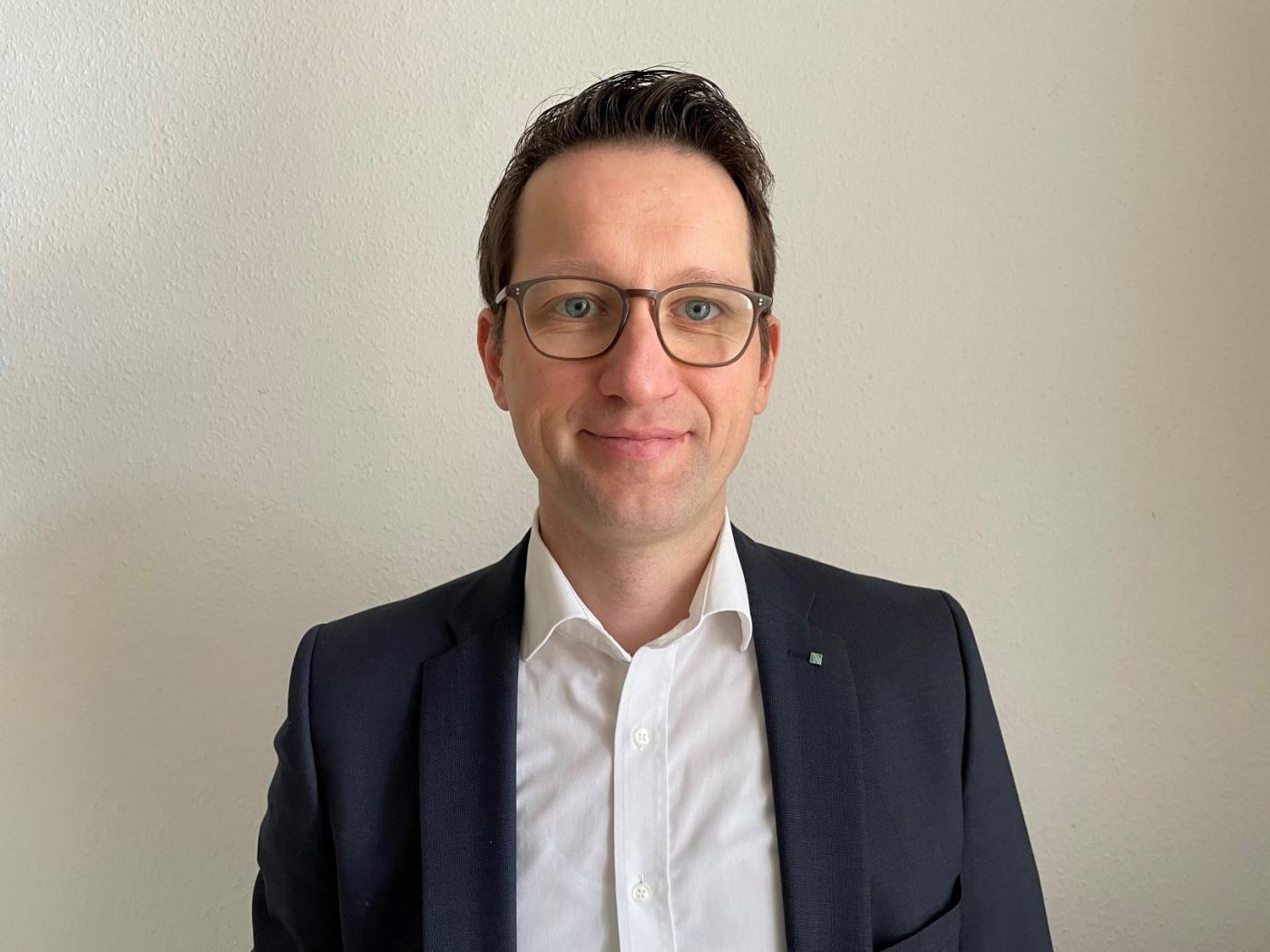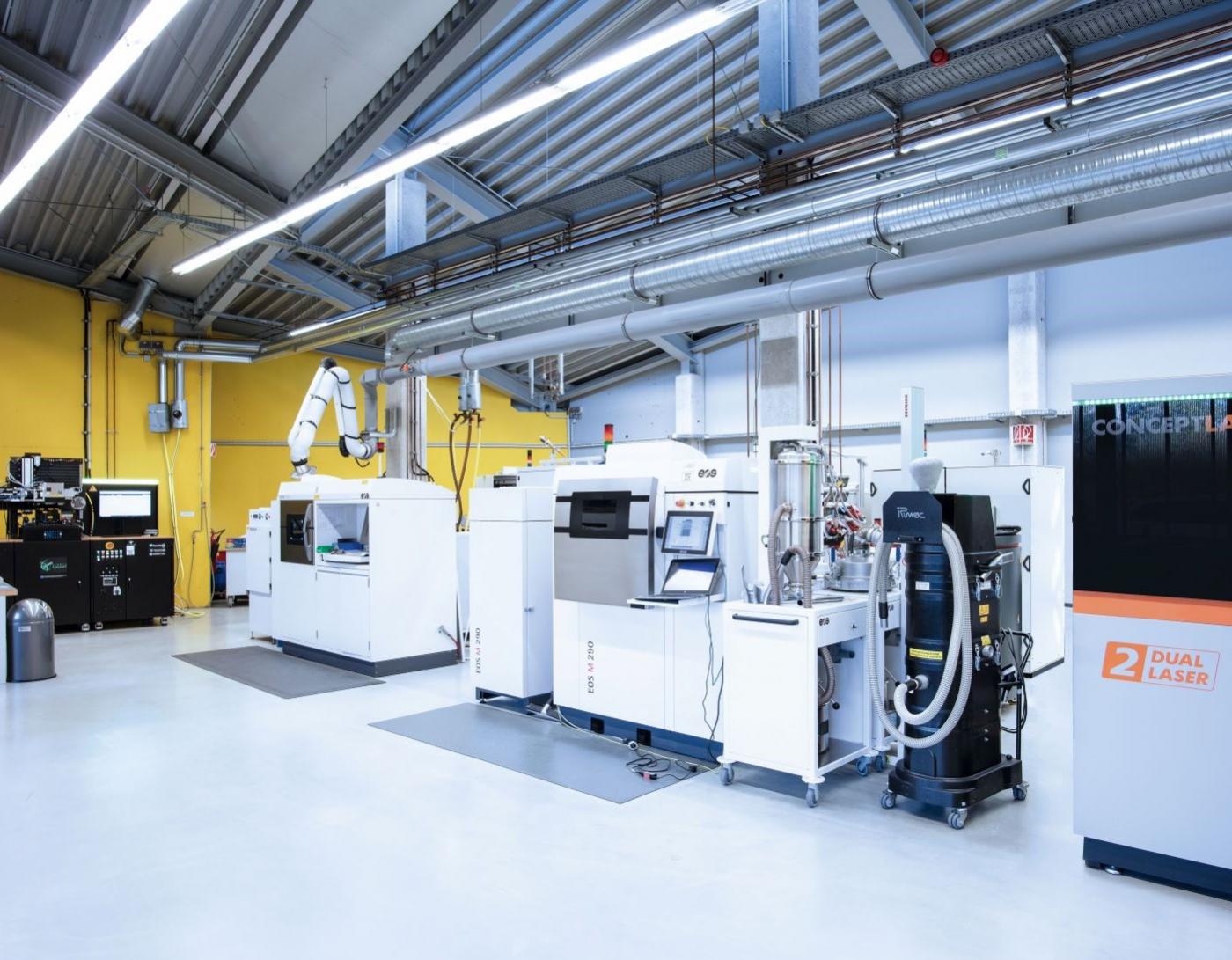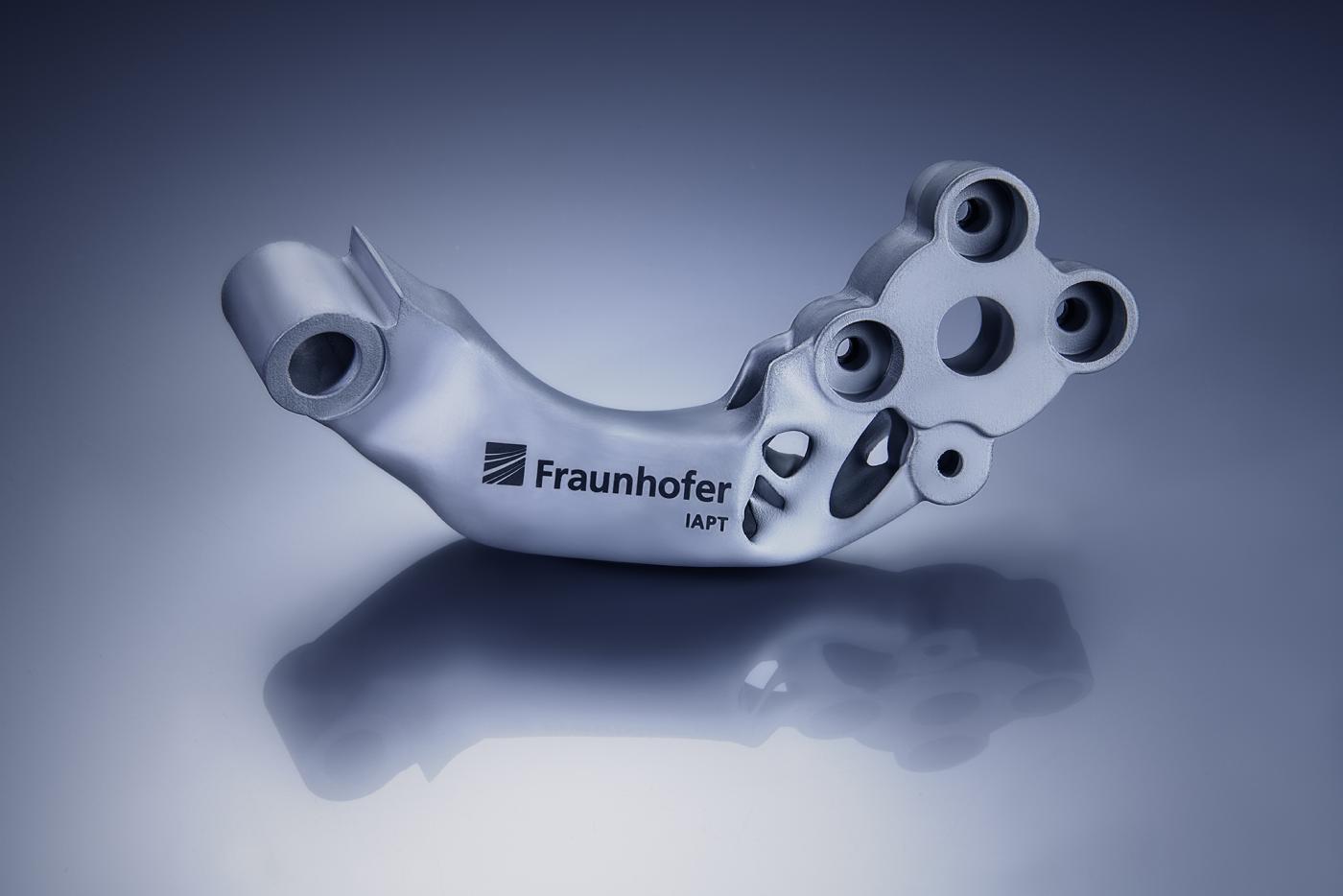Hamburg News: What does this superiority consist of and what are the advantages of 3D printing?
Frank Beckmann: The first, major advantage is the enormous geometric design freedom that can be achieved through additive manufacturing. The layer-by-layer construction of components facilitates the production of complex geometries such as lattice structures or bionic structures, which cannot be done using conventional manufacturing or only with great effort. IAPT uses this advantage to redesign and print, for instance, connecting structures for aviation, so-called brackets or a wheel suspension with integrated brake caliper for Fiat Chrysler Automobiles (now Stellantis). In each case, the use of 3D printing saved around 40 per cent of the weight because such highly efficient designs mean components only have to have material for load transmission where needed.
Hamburg News: The technology is also flexibile and suitable for small-scale production. What role is 3D printing playing in the pandemic?
Frank Beckmann: A second important advantage is that the design can be printed straight from the CAD data set without the casting and forging tools or CNC programming for milling. That means components can be produced very flexibly and economically and even in small quantities and that shortens supply chains enormously. This advantage has become noticeable during the pandemic. We printed adapters for respirators and holders for face shields at the Fraunhofer IAPT very quickly and were able to provide swift, unbureaucratic aid in Germany and Italy, which was badly hit by the shortage of such equipment.
We have also developed two mobile, container-based manufacturing units that can additively process both plastic and metal. They can also print medical products in crisis areas or missing components for companies with interrupted supply chains. 3D printing is helping with crisis management and boosts the resilience of supply chains thanks to flexible component manufacturing.






